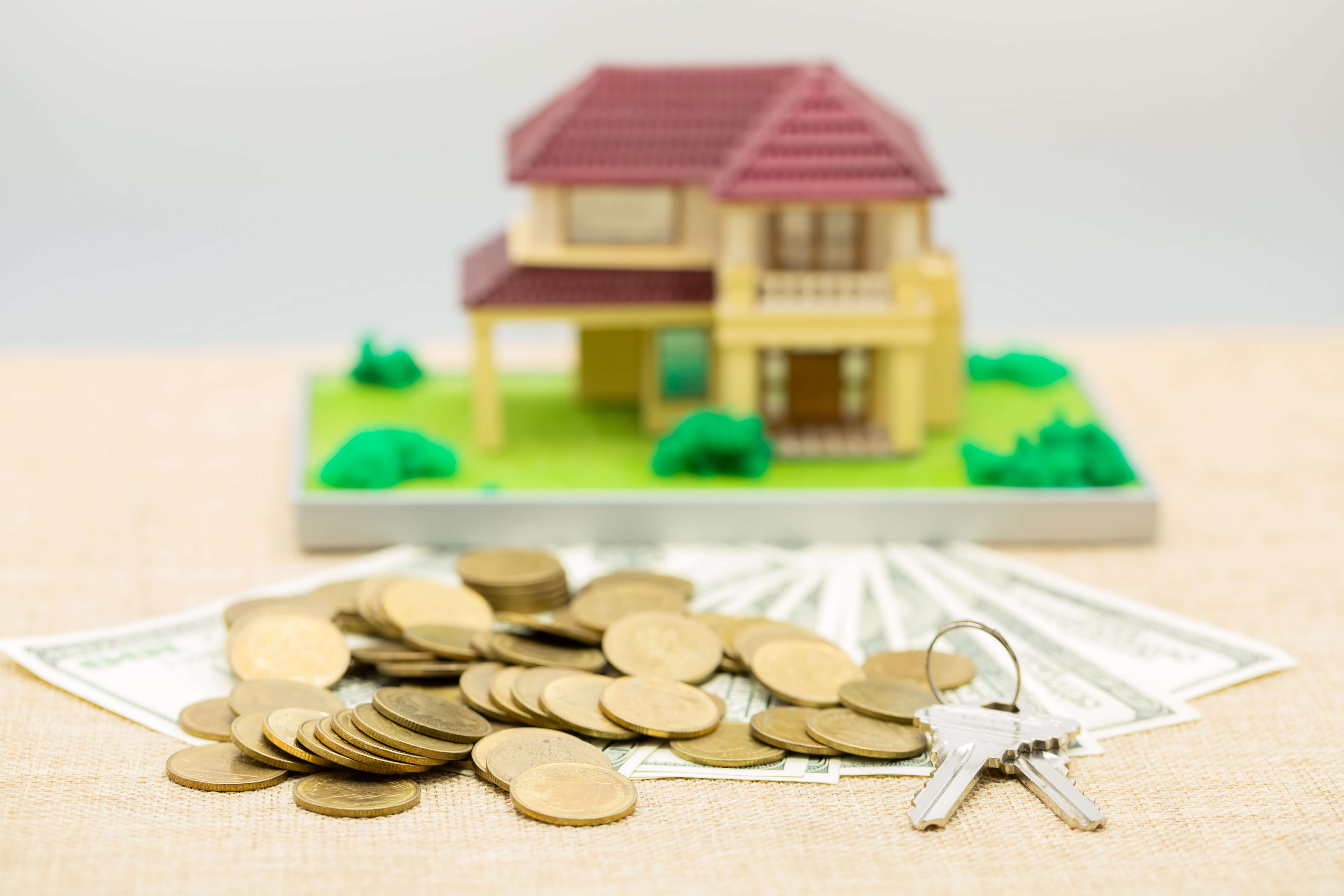Sustainability has become the need of the hour on this energy & fuel starved planet. With increasing industrialization and skyrocketing demand for energy in urban households, green homes are here to save our lives.
With solar panels on the roofs, energy-efficient appliances, and fresh-air systems keeping indoor air clean, modern homes are the best examples of green homes. These homes use so little energy that solar not only covers their energy costs but also makes them quite eco-friendly.
Globally, green homes are slowly becoming a trend. Sometimes, people are ready to pay a higher price for such homes. First, they lead to healthier living and secondly, they drastically reduce your energy bills. And last but not least, eco-friendly homes are a must for a cleaner planet. So, little or no carbon footprint.
And here’s the best part. The Indian government is actively rewarding homebuyers who choose greener housing options. From subsidies to tax benefits, buyers who embrace sustainability are also saving big.
So, what makes a home “green,” and how does this actually benefit you? Let’s discuss these things in this article.
What is a Green Home?
A green home minimizes environmental impact and keeps your indoors cool in summer and hot in winter. It maximizes comfort and energy-efficiency. Instead of guzzling electricity and water, unnecessarily these homes optimize resources. Here are some of the features of a green home:
- Solar panels: They reduce your dependence on the power grid and reduce your electricity bills by utilizing free energy coming from the sky.
- Rainwater harvesting systems: These systems enable you to save thousands of liters of water annually.
- Energy-efficient lighting and appliances: They lower your monthly power bills and yet maintain adequate lighting indoors while cutting general electricity usage. For example, a 5 star refrigerator consumes significantly less electricity than a normal one.
- Natural ventilation and daylighting: They reduce the need for air-conditioning and lighting.
- Eco-friendly building materials: They reduce carbon footprint and are a healthier alternative.
Imagine walking into a home where your living room looks bright all day without switching on a bulb or tubelight, or where your rooftop solar panels slash electricity bills by 60-75%. That’s the power of green living.
Why Green Homes Matter for India
India is urbanizing faster than ever. Cities are swelling, pollution is worsening, and electricity demand is shooting through the roof. According to a Ministry of Power report, India’s residential sector alone consumes nearly 24% of total electricity.
That’s where green homes step in. They offer the following benefits:
- Cut household expenses: Green homes cut your monthly expenses by slashing water and electricity bills significantly.
- Improve health: Smart homes bring fresh air and require less cooling making you less dependent on artificial cooling.
- Boost property value: As more buyers now prefer eco-friendly homes, your investment in a green home multiplies overtime.
- Reduce environmental strain: Buying an eco-friendly home is a desired move in cities choking with pollution.
Green homes can help homebuyers in future-proofing their lifestyle. It’s evident that the planet can face a fatal energy crisis in the near future.
Government Incentives for Green Homes
Let’s have a look at the government schemes that promote sustainable housing. Here are some of the schemes announced by Indian government:
1. Pradhan Mantri Awas Yojana (PMAY)
- If you’re a first-time homebuyer, you can get a waiver of up to ₹2.67 lakh on home loans as subsidies through the PMAY scheme.
2. Rooftop Solar Subsidy Scheme
- Installing solar panels is quite cheap in India now as you get subsidies of up to ₹78,000. Thanks to PM-Surya Ghar Muft Bijli Yojana announced in 2024.
- Subsidies make solar panels cheaper to install. In many states, you can even sell excess power generated by solar panels back to the grid.
3. Tax Benefits on Green Investments
- Home loans are also quite cheaper, if you’re buying a green home. Schemes such as Section 80EE and 24(b) have reduced home loan interest for eco-friendly homes.
- The properties with eco-friendly features like solar panels or rainwater harvesting may qualify for additional property tax rebates. However, it varies from state to state.
4. State-Level Incentives
- Maharashtra & Karnataka: These states offer reduced property tax for certified green buildings. So, buy a green home and get this much needed tax relief.
- Delhi: The capital city promotes green housing like no other and allows fast-track approvals for green building projects.
- Gujarat: Gujarat is also taking initiatives to promote sustainability as it offers subsidies for rainwater harvesting systems.
Example: If you buy a ₹50 lakh green home in Pune with solar panels and rainwater harvesting, not only do you save ₹2-3 lakh annually on energy bills, but you also qualify for a property tax rebate of up to 10%.
Real-Life Examples
Meet Ravi and Sneha Sharma, a young couple in Bengaluru, who recently purchased a green apartment.
- Their rooftop solar panels cover 60% of their electricity use.
- A rainwater harvesting system saves nearly 40,000 liters of water per year.
- Their maintenance bills are 25% lower than those of their neighbors in conventional apartments.
In three years, they’ve saved close to ₹3.5 lakh, all while enjoying healthier indoor air and a cooler home in summer.
The Dos and Don’ts of Choosing a Green Home
Dos:
- Check for IGBC or GRIHA certification which are India’s green building rating systems, before taking a decision to buy a green home.
- Ask the builder for details about energy-efficient features available in the building.
- Calculate long-term savings, not just upfront costs.
- Check state-level subsidies in your city before finalizing the deal.
Don’ts:
- Never fall for “greenwashing” as some builders market projects as eco-friendly without proper certification.
P.S. Greenwashing is a deceptive marketing practice where companies make misleading or false claims about their products or services to appear more environmentally friendly than they actually are. - Don’t ignore maintenance costs. Ensure features like solar panels and harvesting systems are backed by proper maintenance plans.
- Don’t ignore the resale value of your property. Certified green homes sell faster and at better prices.
The Future is Green
According to Knight Frank’s India Real Estate Report 2024, demand for sustainable housing has increased by over 30% in just three years. With millennials and Gen Z buyers entering the market, eco-friendly homes are no longer a luxury. They’re a necessity and the future of the planet.
Adding government incentives into the equation makes it even more lucrative. You’re not just buying a home; you’re investing in cost-efficiency. Plus you’re creating a healthier planet. The higher property value is an additional perk.
Final Thoughts
Investing in green homes can be a smart financial decision for Indian homebuyers. With ever-rising utility bills, eco-friendly housing ensures you save money and live a quality life.
So, the next time you browse property listings, don’t just look for its location and price. Look for the green badge. Because in the long run, green isn’t just good for the planet, it’s great for your pocket. Don’t waste money where you can save it.
Pro Tip for Buyers: Always cross-check your builder’s “green” claims with IGBC or GRIHA certification. A certified green home can save you up to 30-40% on utility bills annually.
Happy house hunting!
For more real estate updates and buyer tips, subscribe to Promesa Realty Blog.



